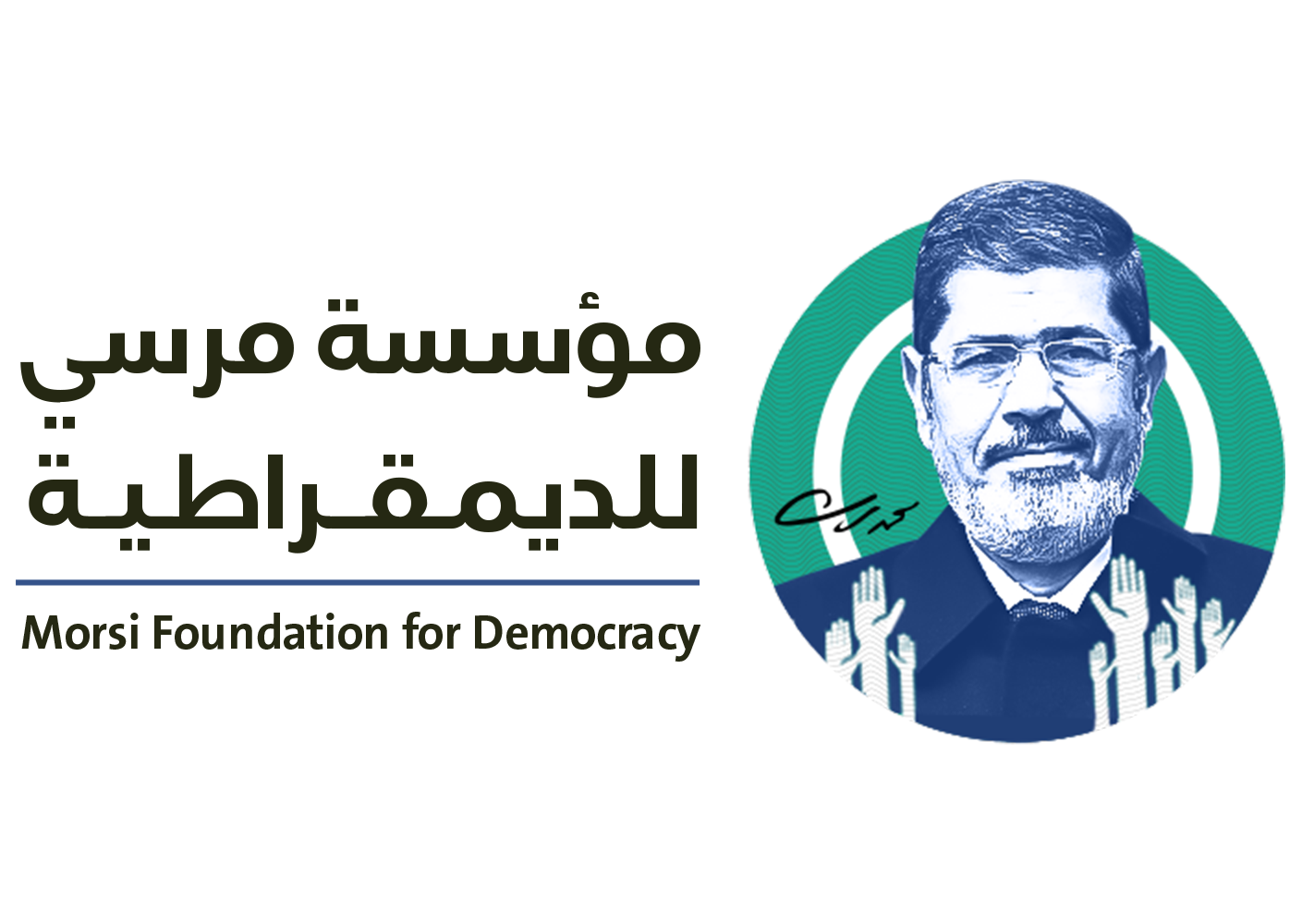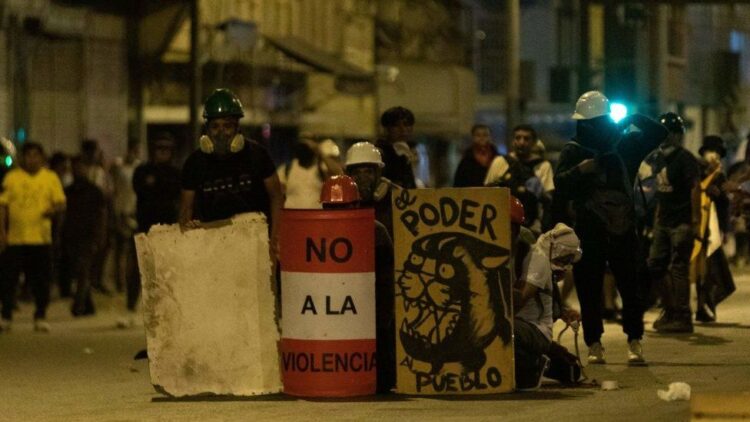Clashes flared when a group of protesters stormed through a street in Lima, Peru, and a wall of riot police officers fired teargas canisters to disperse the crowd.
The protests began in December when the then-President, Pedro Castillo, was ousted. More than 50 people have been killed as a result of the unrest.
Peruvian Congress then has refused to speed up the timeline for a presidential election amid the unrest. Lawmakers had given an initial green light to move elections from 2026 to 2024, but this week voted down proposals to hold the election this year.
Meanwhile, Boluarte, the current President, has maintained she will stay on as president until elections are held.
Since December 2022, supporters of the ousted president of Peru, Pedro Castillo, have engaged in a series of political protests against the government of the current president Dina Boluarte and the Congress of Peru
The events of that day, December 7, set off the protests that have built in momentum over the subsequent weeks.
But while the events of December 7 were the immediate trigger, it is important to understand that this crisis was long in the making.
What are the demands of protesters?
Primarily they are trying to force the government in Lima to agree to a constituent assembly to devise a new constitution; what that new constitution would look like is a secondary concern.



